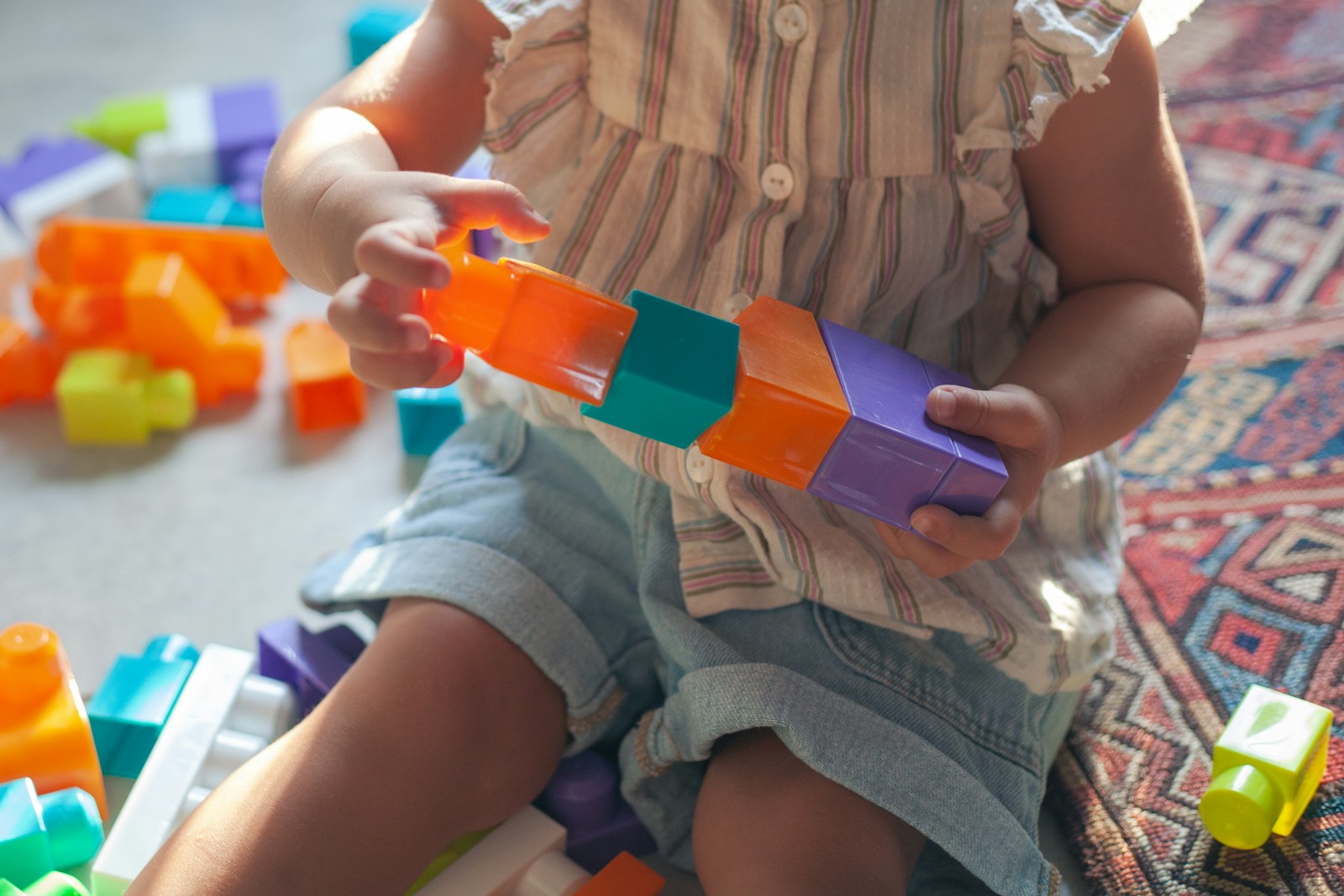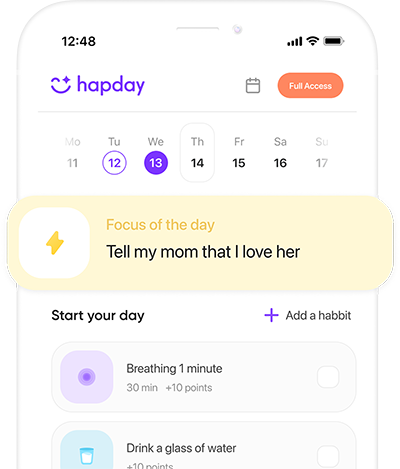Table of Contents
- Understanding Childhood Trauma
- Recognizing Trauma Patterns
- Breaking Free from Trauma Patterns
- Seeking Professional Help
- Building a Support Network
- Personal Growth and Transformation
Understanding Childhood Trauma
Defining Childhood Trauma
You know, childhood trauma isn’t just some far-off concept—it’s something real, something that has seeped its way into the lives of so many folks. I mean, think about it: these early experiences have a sneaky way of shaping the way someone interacts with the world even when they’re all grown up. Whether it’s how they react in tight spots or how their mental health holds up under pressure, the ghosts of childhood can linger… well into adulthood. Tackling these patterns ain’t easy and often takes a mix of grit, self-kindness, and yep, some professional help. So let’s dig into what childhood trauma really means, how it shows up, and ways folks can finally break free from its grip.
When we talk about childhood trauma, we’re referring to those rough, formative years where adverse experiences linger long after they happen. This could be anything from physical, emotional, or sexual abuse to plain neglect or being exposed to unsettling scenes of violence. Believe it or not, the National Survey of Children’s Health says nearly 35 million American kiddos have gone through at least one serious trauma. That’s a big number, right? Must make us all pause and notice how pervasive this issue really is.
The Effects of Childhood Trauma
So what does all this trauma do to a person as they grow up? Research—yeah, that stuffy, but important, research—indicates that childhood trauma can lay the groundwork for mental health heavyweights like anxiety, depression, and even that dreadful PTSD. Remember reading about that study in the American Journal of Psychiatry? They found adults with significant childhood trauma were more than twice as likely to wrestle with depression and anxiety. Then there’s the whole bag of maladaptive stuff like substance abuse and finding it hard to form healthy relationships. There’s a reason why this topic isn’t going away anytime soon.
Recognizing Trauma Patterns
Identifying Trauma Triggers
One of the first steps toward liberation is recognizing those pesky triggers. You know, the sights, sounds, scents, or environments that bring all that old stuff rushing back as if it happened yesterday. Someone who felt neglected may get anxious whenever they think someone is ignoring them—or even when they’re not. By pinpointing triggers, people can start understanding their reactions and, hopefully, begin the long road to healing.
The Role of Cognitive Behavioral Therapy (CBT)
Enter Cognitive Behavioral Therapy (CBT)—one of those shiny tools in the toolbox for getting a grip on trauma patterns. This therapy is all about taking those negative thought spirals and flipping them on their head. Heard about that meta-analysis in Psychological Medicine? It basically underlined how CBT can dramatically reduce PTSD symptoms. Working alongside a therapist can help folks recognize and challenge those pesky thoughts, improving their emotional resilience over time.
Breaking Free from Trauma Patterns
Developing Healthy Coping Mechanisms
Escaping the clutches of bad memories? Yeah, healthy coping mechanisms are key. Practices like mindfulness, meditation, and even yoga aren’t just for yogis. They’ve been shown to dial down anxiety and depression symptoms. There’s a study in JAMA Internal Medicine backing this up, too—turns out mindfulness can help curb anxiety in those dealing with sky-high stress. Being in the present reduces the emotional weight of flashbacks. You’d think we’d all give it a try!
The Power of Self-Compassion
Self-compassion… could you be a little kinder to yourself? Seriously, take a note from Dr. Kristin Neff’s research. Being your own cheerleader, especially in rough seas, can mitigate trauma’s nasty aftershocks. When folks nurture a more compassionate view of themselves, they’re more inclined to forgive and treat themselves with a gentler hand. Makes you wonder why we’re often our own worst critics.
Establishing Boundaries
Boundaries—they’re not just trendy buzzwords. They’re almost like fences we build, making space between us and further emotional chaos. Whether it’s limiting face time with certain characters or just knowing when to say “no,” boundaries protect and heal. Perhaps they bring peace amidst life’s usual disorder?
Seeking Professional Help
The Importance of Therapy
Therapy, in my mind, is one of those golden tickets to understanding childhood traumas. Therapists offer that non-judgmental, sacred space to unearth long-buried traumas and see how they cast shadows on everyday life. Eye Movement Desensitization and Reprocessing (EMDR) or Trauma-Focused CBT are just a few of the approaches that have shown promising results. Let’s not wait until things get too tangled to reach out.
The Role of Medication
There are times when medication becomes part of the healing journey. Some might need a few mood-regulating companions, especially when anxiety or depression overshadows therapy’s efforts. It’s all about removing some barriers—allowing folks to engage more fully in the therapeutic process.
Group Therapy and Support Groups
You know, grappling with trauma doesn’t have to be a solitary journey. There’s profound value in group therapy or peer support networks where stories resonate and, sometimes, mirroring your pain can validate the path to healing. Swapping war stories with those who’ve been through the mud can offer fresh coping strategies. It’s like finding your tribe.
Building a Support Network
The Role of Friends and Family
Let’s talk about those unsung heroes—friends and family who rally behind folks working through trauma. They can shore up emotional defenses and provide solace and tangible help. Open communication is critical—let them in, and watch how strong bonds can foster healing environments.
Finding Community Support
Community groups and organizations? They probably have more resources than you can shake a stick at. Be it workshops, counseling, or even fun social events, these resources wrap people in layers of support and bring a chance for meaningful connections in the battle against trauma.
Personal Growth and Transformation
Embracing Personal Growth
What’s the silver lining, you ask? These struggles open the gates to personal transformation. The strength and resilience built from tackling childhood trauma can lead to a deeper awareness of self. Why not set goals, explore new interests, and cherish life through a different lens?
Reclaiming Control Over Life
Taking back control—that’s empowerment at its finest. Starting with small, manageable goals that echo personal values can be a statement: yes, I own my life. Building confidence with each achievement plants seeds of autonomy, and soon, they blossom into a sturdy oak of self-determination.
Cultivating Resilience
Resilience isn’t something only heroes possess. It’s the quiet strength that helps a person recover from adversity. Practicing gratitude journaling or daily affirmations can shift attention away from shadows toward hopeful horizons.
But this isn’t the end, is it? Breaking free from childhood trauma patterns is an ongoing and courageous endeavor. Recognizing triggers, making healthier choices, leaning on those who care, and reaching for personal growth all help light the way. Resilience isn’t just about bouncing back—it’s about moving forward with a newfound strength. Feeling ready to embark on—or continue—your journey? Explore more supportive tools and resources over at Hapday to find tailor-made mental health support.


This article really hits home! I’ve struggled with my childhood experiences for years, and it’s reassuring to know I’m not alone in this. Recognizing trauma patterns is such a crucial step. I wish more people understood how deeply these experiences can affect us. Thanks for shedding light on this topic!
Honestly, I feel like the concept of breaking free from childhood trauma is often oversimplified. It’s not just about recognizing triggers; it’s a lifelong journey! Sure, self-compassion and therapy are important, but it can be frustrating when progress feels slow or non-existent. Anyone else feel the same?
I appreciate how you highlighted the importance of self-compassion in healing from trauma. It’s something I struggle with daily—being kinder to myself is tough! I’ve been exploring mindfulness techniques as suggested, and it’s been helpful in managing my anxiety.
I completely agree with you! Mindfulness has changed my perspective on so many things. It’s like a gentle reminder to live in the moment rather than getting lost in past traumas.
@HealingJourney123 Self-compassion is indeed challenging but so necessary! Have you tried any specific mindfulness exercises that work best for you?
@TraumaExplorer99 I understand your frustration! Healing isn’t linear, and sometimes it feels like two steps forward and one step back. Finding community support has been vital for me; connecting with others who share similar struggles helps so much.
@SupportiveFriend42 Yes, community support can be a game-changer! It’s comforting to know you’re not alone on this journey.
@SupportiveFriend42 Absolutely! Sharing experiences really brings healing and validation—it’s nice to feel understood.
“Breaking free from childhood trauma patterns” sounds great, but where do you even start? Therapy? Journaling? There are so many paths; it’s overwhelming sometimes!
“The Role of Cognitive Behavioral Therapy (CBT)” section was enlightening! It’s amazing how our thoughts shape our feelings and actions. Has anyone found CBT particularly effective in their healing journey?
Establishing boundaries has been a revelation for me! It’s crazy how saying ‘no’ can create space for healthier relationships. Anyone else find setting boundaries difficult at first?
@BraveNewMe33 Yes! It felt weird at first, but now it’s empowering to prioritize my well-being.
@BraveNewMe33 Totally agree—boundaries were hard at first but have made such a difference!
Personal growth through adversity is such an important point here! I’ve started journaling about my experiences as a way to process them better—has anyone else tried that?
It’s refreshing to see discussions about mental health gaining traction today! We need more resources available for people struggling with childhood trauma.
Does anyone else feel empowered after reading articles like this? It gives me hope that change is possible if we put in the work.
Absolutely! It’s inspiring to think about all the potential for growth.
Yes, empowerment is key! Let’s keep pushing forward!
This article sheds such an important light on childhood trauma. It’s amazing to see discussions around mental health becoming more mainstream. The emphasis on self-compassion and developing healthy coping mechanisms resonates deeply with me. I think it’s crucial for everyone to understand the impact of their early experiences and how they can heal. Kudos to the author for tackling this topic with such sensitivity!
I agree, SunnyDaze! It’s refreshing to see a focus on positivity and self-improvement in a world where mental health often feels neglected.
While this article has some good points, it feels overly simplistic. Trauma is complex, and not everyone responds the same way to therapy or coping strategies. What works for one person might be completely ineffective for another. We need more nuanced discussions rather than a one-size-fits-all approach.
But Carl, acknowledging different responses is part of what makes the article worthwhile! At least it opens up avenues for discussion.
I see your point, but sometimes even simple advice can spark change in someone’s life. Not every message has to cover all complexities.
‘Recognizing trauma patterns’ is a significant aspect that needs more emphasis in public discourse. The use of Cognitive Behavioral Therapy (CBT) as mentioned shows promise according to multiple studies, which should encourage further exploration into these methods by both professionals and patients alike.
Reading this makes me realize that my childhood wasn’t so bad after all! I mean, sure, my parents were mildly dysfunctional, but at least I didn’t end up like those tragic stories in therapy sessions! Maybe I should write a comedy routine about it instead.
Joe, maybe humor is your coping mechanism! But remember that trauma isn’t always a joke; some people genuinely struggle with it.
Honestly, this sounds like yet another buzzword-filled article trying too hard to be relevant in today’s society. Sure, childhood trauma exists but isn’t it just overanalyzed these days? Sometimes things are just tough; not everything requires therapy or mindfulness.
I disagree wholeheartedly! Acknowledging trauma can lead to understanding and healing; denying its significance just perpetuates suffering.